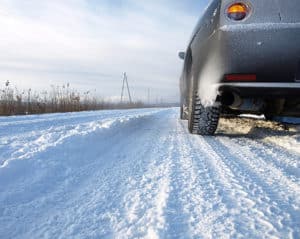 It is SO cold outside, with polar vortexes and hurricane blizzards. Much of the nation is under the thumb of a seemingly angry Jack Frost, affecting a lot of our normal habits – like breathing. Cold air constricts our airways, and it is dry, challenging our reasons for even leaving the house. When you have an ignition interlock device, the winter season can add time and frustration to your normal routine. Blowing into the interlock can be especially challenging, for a couple of reasons.
It is SO cold outside, with polar vortexes and hurricane blizzards. Much of the nation is under the thumb of a seemingly angry Jack Frost, affecting a lot of our normal habits – like breathing. Cold air constricts our airways, and it is dry, challenging our reasons for even leaving the house. When you have an ignition interlock device, the winter season can add time and frustration to your normal routine. Blowing into the interlock can be especially challenging, for a couple of reasons.
Ignition interlock devices are sensitive to the strength of the air you blow, as well as the temperature outside.
Constricted lungs due to cold air, or because you’ve caught a cold or the flu, can reduce how strongly you can blow into your interlock. If you are unable to create the right amount of pressure, your device will prompt you to keep submitting a breath sample until it can accurately measure your blood alcohol concentration (BAC). Unfortunately, you will not be able to start your vehicle until you can blow a clean breath sample, which could mean you are sitting in a cold vehicle for some time.
Your cold vehicle can also affect more than you blowing into your interlock. Cold temperatures can cause an ignition interlock to take additional time to warm up, and you will have to sit and wait for the device to do just that. If your vehicle’s battery is too weak to stand up to the cold temperatures, you may have additional concerns about violations that appear to show you “tampering” with the device (like you had disconnected the battery).
In any case, and no matter why you are having trouble blowing into your interlock, do not take matters into your own hands. Contact your ignition interlock service provider for assistance, and allow yourself the time to cool off, or warm up, so that you can get back on the road as soon as possible.

Leave a Reply
You must be logged in to post a comment.